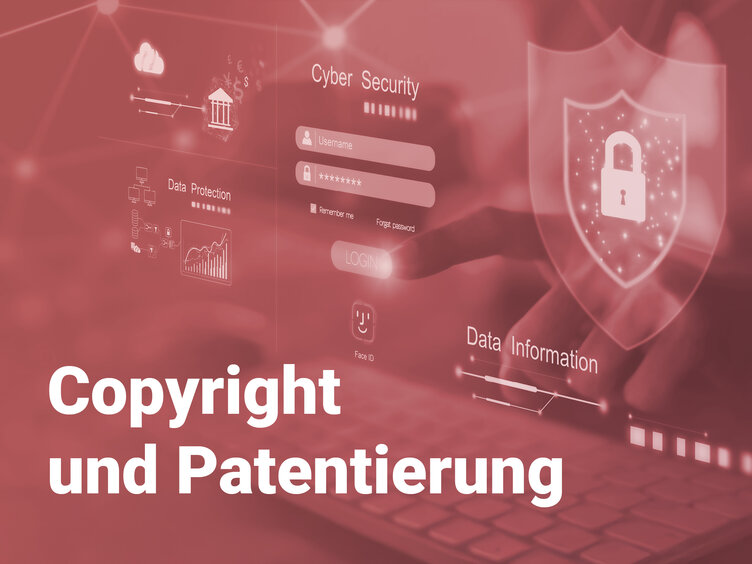Differences between copyright and patenting in software protection
Copyright protects the specific source code of software as a literary work - automatically upon creation, without registration. Patenting protects technical inventions in software (e.g. innovative algorithms), but requires a complex examination and grants exclusive rights of use for 20 years. In addition, implementations of software protection mechanisms such as anti-debugging, obfuscation and encryption can be used to make unauthorized analysis or copying of the code more difficult.
Important elements
|
Aspect |
Copyright |
Patenting |
|
Object of protection |
Code as a “linguistic work” (e.g. Java, C++) |
Technical invention (e.g. data compression) |
|
Term of protection |
70+ years after the author's death |
Maximum 20 years from application |
|
Costs |
Automatic, free of charge |
Up to €50,000 for application and examination |
|
Prerequisite |
Originality |
Novelty, inventive step, technical effect |
Influencing factors
1. Legal boundaries:
- In the EU, pure software ideas without technical character are not patentable.
- Open source licenses (e.g. GPL) use copyright to regulate terms of use.
2. Technical complexity:
- AI-supported code generation calls copyright into question (who is the "author"?).
3. Corporate strategy:
- Startups often rely on copyright, while corporations use patents for market power.
Advantages for users and companies
- Copyright:
- Fast, cost-effective basic protection.
- Ideal for individual software solutions and niche products.
- Patenting:
- Monopoly position for core innovations (e.g. MP3 compression).
- Licensing generates long-term income.
Current example (2025)
A Munich-based AI start-up has developed an algorithm for real-time sign language translation.
- Copyright: Protects the Python code from being copied.
- Patent: Covers the unique combination of sensor technology and machine learning model.
The future of software protection systems
- By 2030, 60% of software licenses will be verified using blockchain (study: Gartner 2025).
- Tools such as AI license managers automate compliance checks for copyright and patents.
Importance of software protection
Target
- Copyright: Prevents direct copies of the code.
- Patenting: Blocks imitation of the underlying technical idea - even in the case of independent development.
- Relevance: Combined protection secures investment in development and creates competitive advantages.
Conclusion
The combination of copyright and patenting is crucial for modern software protection and license management systems. While copyright protects the actual implementation, patents protect the innovation behind it. Companies must use both instruments strategically in order to survive in the digital competition.
Author:
Steffen Kätsch
Senior Consultant License Management
Education: FH Aachen
Expertise: License Management Software Licensing IT Compliance Software Protection Digital Rights Management
